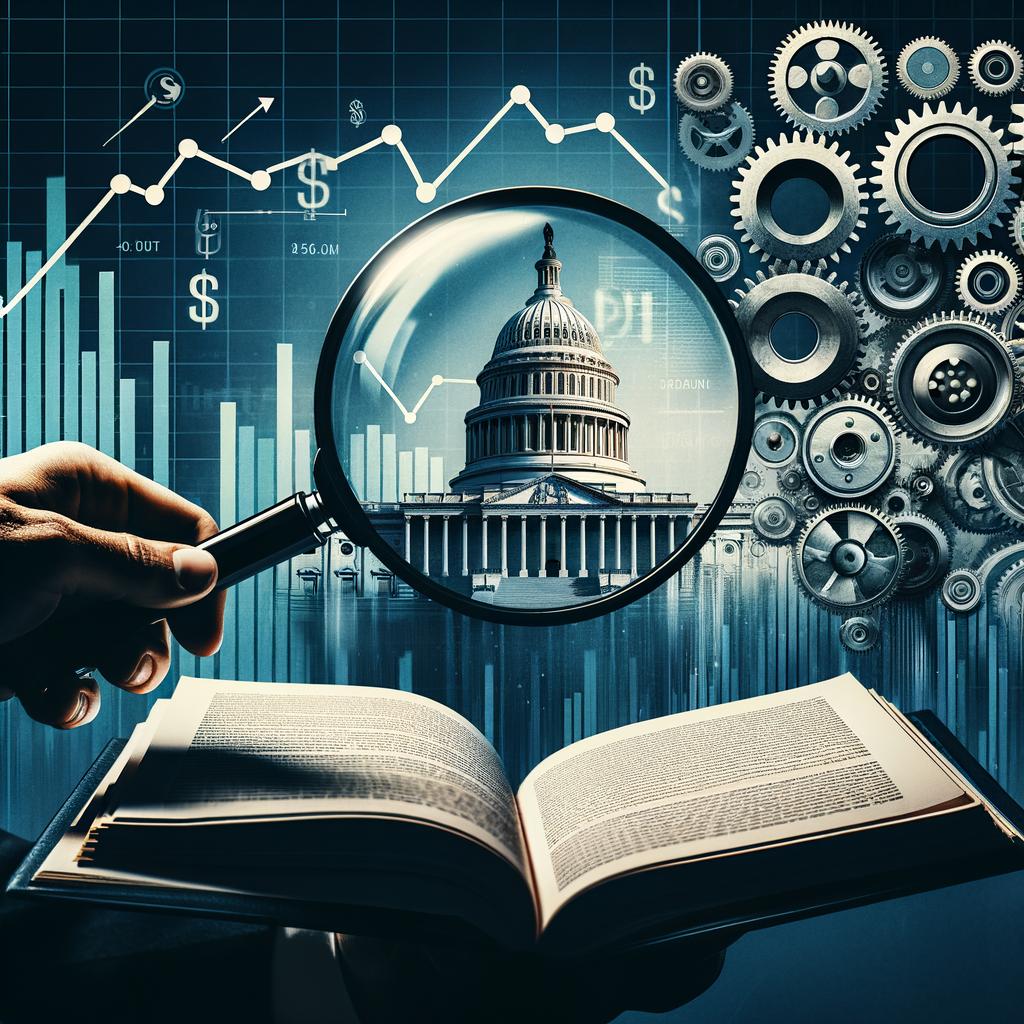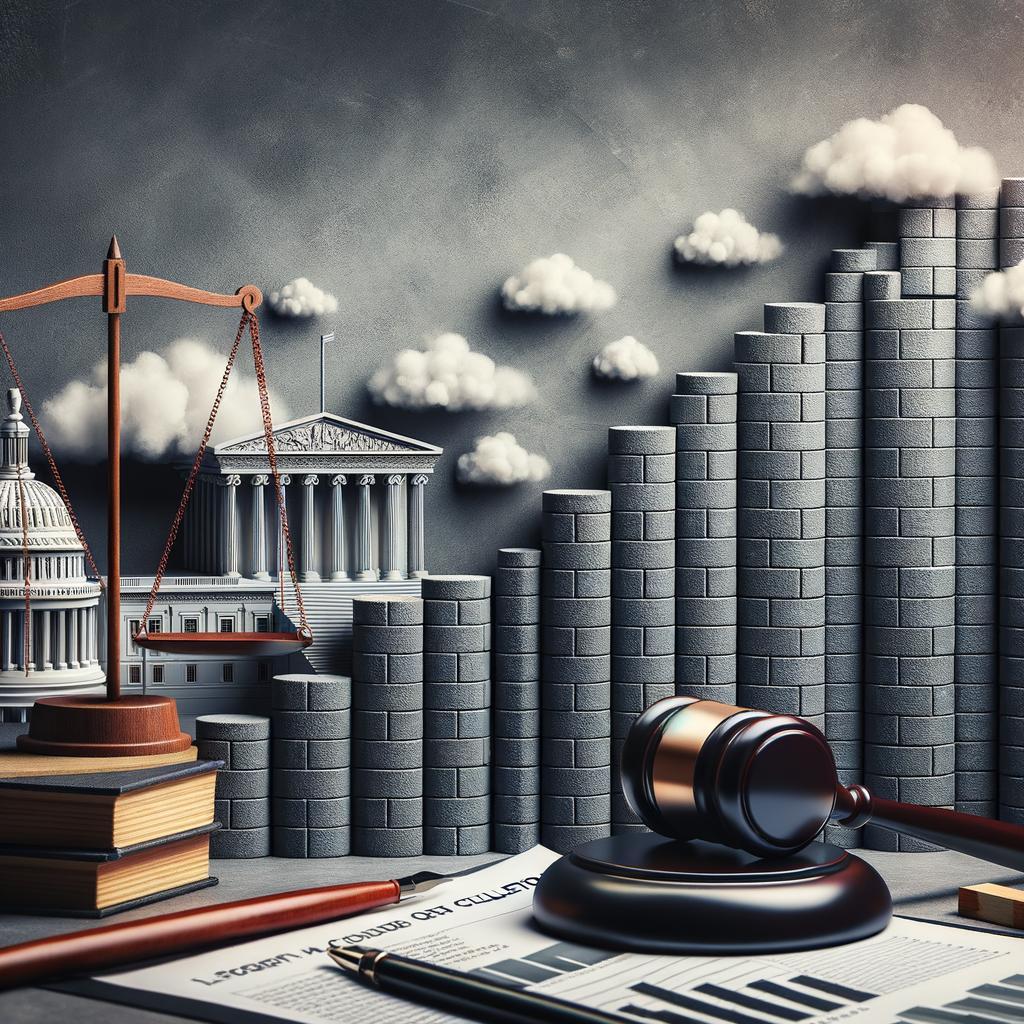In recent years, the U.S. debt ceiling has emerged as a contentious focal point in fiscal policy discussions, underscoring the fragile balance between economic stability and legislative brinkmanship. Recent legislation aimed at addressing the perennial issue of raising the debt limit has stirred both hope and concern among economists, policymakers, and citizens alike. As we delve into the implications of these legislative changes, it becomes increasingly clear that understanding their potential impact is crucial for navigating the complexities of the nation’s economic landscape. This article will analyze the ramifications of the latest debt ceiling legislation, exploring how it may reshape government spending, influence interest rates, and affect public trust in federal financial management. By illuminating the stakes involved, we hope to engage readers in a critical conversation about the future of fiscal responsibility in America.
The recent debt ceiling legislation has triggered a significant shift in the fiscal landscape, underscoring the urgent need for a comprehensive assessment of its economic fallout. The immediate impacts of raising the debt ceiling can be categorized into several key areas: market stability, interest rates, and investment confidence. While proponents argue that increasing borrowing limits prevents financial chaos, critics warn that it could set a dangerous precedent, encouraging reckless spending. The long-term consequences may include increased taxation to cover accumulated debt or, worse, inflationary pressures that erode the purchasing power of American families. Understanding these dynamics is vital for policymakers who are tasked with navigating a financial environment that could either stimulate growth or stifle it.
As the nation contemplates its fiscal future, strategic recommendations for policymakers become paramount. To effectively manage impending fiscal challenges, a multi-faceted approach should be employed, including:
- Implementing budgetary reforms: Restructure spending priorities to focus on essential services and infrastructure.
- Enhancing revenue generation: Explore innovative taxation policies that do not stifle economic growth.
- Promoting fiscal accountability: Require government agencies to justify expenditures to promote transparency.
- Encouraging bipartisan collaboration: Foster a willingness to negotiate on budgetary matters across party lines.
| Key Areas | Immediate Impact | Long-Term Considerations |
|---|---|---|
| Market Stability | Reduced volatility | Potential market correction |
| Interest Rates | Short-term increase | Higher long-term borrowing costs |
| Investment Confidence | Temporary relief | Risks of downturn in investor sentiment |
To Conclude
As we conclude our analysis of the recent debt ceiling legislation, it is clear that the implications extend far beyond mere fiscal metrics. The decisions made by lawmakers will reverberate through our economy, affecting everything from government services to interest rates and the stability of financial markets. Understanding these implications is crucial for citizens, policymakers, and investors alike.
By critically examining the motivations behind the legislation and its potential outcomes, we can better prepare for the challenges ahead and advocate for more sustainable fiscal policies. As we navigate this complex landscape, it is essential to engage in informed discussions and push for transparency in governmental finance.
In a rapidly evolving economic environment, our collective vigilance and involvement can help ensure that the ramifications of such critical legislation serve the broader interest of society, rather than narrow interests. Let us remain proactive, informed, and engaged as we move forward, so that we can foster an economy that is not only resilient but also beneficial for all.


